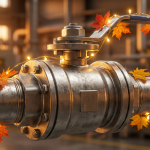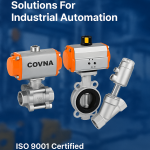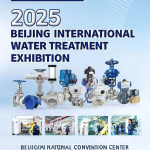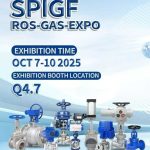News
Recent Posts
-
 Why Is My Ball Valve Leaking and How to Fix It Before Thanksgiving?2025-12-23/0 Comments
Why Is My Ball Valve Leaking and How to Fix It Before Thanksgiving?2025-12-23/0 Comments -

-

-

-






Valves are indispensable control elements in fluid transmission systems, used to regulate, cut off or guide the flow of media in pipelines. In the fields of petroleum, chemical, municipal, pharmaceutical, etc., the precise control of valves is directly related to the safety and operating efficiency of the system.
Among the many valves, the most common ones are ball valves, butterfly valves, gate valves, check valves, regulating valves and safety valves. Ball valves are known for their simple structure, rapid opening and closing, and excellent sealing performance; butterfly valves are suitable for flow regulation of large-diameter pipelines due to their small size and light weight; gate valves are suitable for fully open or fully closed occasions to ensure the tightness of medium cutoff; check valves can prevent medium backflow and protect system safety. Each valve is designed for specific working conditions to ensure accurate and efficient fluid control in various types of industrial systems.
As an advanced brand in the industry, COVNA has always adhered to the concept of technological innovation and quality first. The company continuously optimizes product design and adopts advanced materials and precision manufacturing processes, which not only improves the stability of valves under complex working conditions such as high temperature and high pressure, but also effectively reduces energy consumption and extends equipment life. Through continuous breakthroughs in sealing design, flow control and intelligent control technology, COVNA provides global users with more excellent valve solutions to promote the development of industrial automation and intelligent manufacturing.
As the demand for real-time monitoring and data analysis in industrial systems continues to increase, intelligent valves will become the development trend of the industry. Valves with built-in sensors and automatic adjustment functions can not only achieve precise flow control, but also provide early warning of system failures, providing more guarantees for safe production.
COVNA will continue to invest in research and development, break through technical bottlenecks, promote the transformation from traditional control to intelligent control, and provide solid support for efficient operation in various fields.
In internal combustion engines, the PCV valve (positive crankcase ventilation valve) plays a key role. It controls the exhaust gas in the crankcase to be reintroduced into the intake system, which not only reduces harmful emissions, but also maintains the internal pressure balance of the engine, thereby ensuring long-term stable operation of the engine. COVNA is committed to providing high-quality valve products to the market, bringing customers excellent performance and durability through precision manufacturing technology and strict quality inspection standards.
The core task of the PCV valve is to manage the excess gas generated inside the engine. This system uses the pressure difference to automatically adjust the valve opening degree, so that the exhaust gas can be directed to the combustion chamber at the best time to participate in secondary combustion, which not only protects the engine components from excessive pressure damage, but also effectively reduces the emission of harmful substances in the exhaust gas. COVNA has accumulated rich design experience in this field. Its products use high-performance materials and advanced processes to ensure that they can still maintain accurate response under extreme working conditions.
In practical applications, an efficient PCV valve is not just a simple valve, but also a comprehensive system involving fluid dynamics, thermal management and sealing technology. For users who pursue vehicle power performance and environmental protection standards, it is crucial to choose a PCV valve with mature technology and excellent quality.
It is in this context that the COVNA brand, with its rigorous R&D attitude and continuous innovation of technology, brings excellent products that meet international standards to the market and meet the needs of various models and engine configurations.
Create since 2000, We first started as a solenoid valves manufacturer. Over decades of research and development,
COVNA has become the China market leader in quarter turn actuator and automatic control valve products.
Building C, Longchang Micro-Chuang Yuan, No.26 Hangtang Street, Dongguan, China
Copyright © COVNA-VALVE-Privacy-Policy-Global-Presence